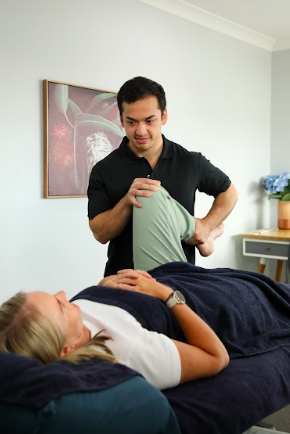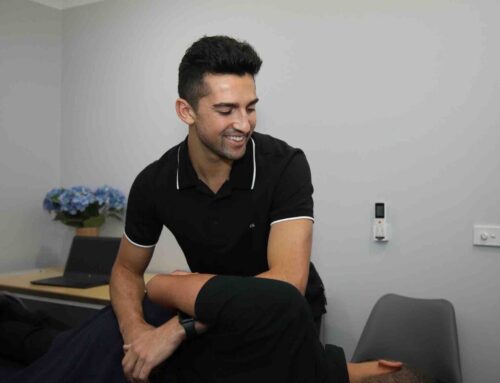Rheumatoid arthritis (RA) is a chronic inflammatory disorder that primarily affects joints but can extend its reach to various bodily systems. Osteopaths focus on understanding how this autoimmune condition impacts the musculoskeletal system and exploring holistic, non-invasive treatment options to alleviate pain and improve quality of life.
What is Rheumatoid Arthritis?
RA is an autoimmune disease where the immune system mistakenly attacks the synovium—the lining of the membranes surrounding joints. This leads to inflammation, which can cause joint damage and deformity over time. Unlike osteoarthritis, which results from wear and tear, RA affects the lining of the joints, causing painful swelling that can eventually result in bone erosion and joint deformity.
The exact cause of RA is unknown, but a combination of genetic and environmental factors plays a role. Common symptoms include joint pain, stiffness (especially in the mornings), swelling, and fatigue. These symptoms can fluctuate, with periods of exacerbation (flares) and remission.

Image from: https://www.aihw.gov.au/reports/chronic-musculoskeletal-conditions/rheumatoid-arthritis
The Role of Osteopathy in Managing RA
Osteopathy is a holistic approach to healthcare that emphasizes the interrelationship between the body’s structure and function. Osteopaths use manual-therapy techniques to enhance joint mobility, and relieve muscle tension. While osteopathy cannot cure RA, it can significantly contribute to symptom management and improve quality of life.
Assessment and Diagnosis
A thorough assessment is the first step in managing RA in an osteopathy clinic. This involves a detailed medical history, physical examination, and possibly collaborating with other healthcare professionals for comprehensive diagnostic tests. Understanding the extent of joint involvement and the severity of the condition helps tailor a suitable treatment plan.
Osteopathic Treatment Approaches
 Osteopathic Manual Therapy:
Osteopathic Manual Therapy:
Gentle manipulations, including stretching, massage, and mobilisation techniques, can reduce joint stiffness and improve range of motion. These techniques help in alleviating muscle tension and enhancing blood flow to the affected areas, promoting recovery.
Exercise Prescription:
A customized exercise program is crucial for maintaining joint function and overall health. Low-impact exercises, such as swimming, walking, and specific strengthening exercises, can improve muscle strength and joint stability without exacerbating symptoms.
Postural Advice and Ergonomics:
Poor posture and ergonomics can exacerbate RA symptoms. Osteopaths provide guidance on maintaining optimal posture and recommend ergonomic adjustments in daily activities and work environments to reduce strain on joints.
Collaborative Care
RA often requires a multidisciplinary approach. Osteopaths work closely with rheumatologists, nutritionists, and other healthcare professionals to ensure a cohesive treatment plan. This collaborative approach enhances the effectiveness of treatments and provides comprehensive care to the patient.
Final Note

If you’d like further information on RA, Arthritis Australia has a lot of great resources here.
If you are suffering from RA, please do not just put up with your joint aches and pains. There are many symptoms that Osteopathy may help ease so make an appointment today here.
 Osteopathic Manual Therapy:
Osteopathic Manual Therapy:



